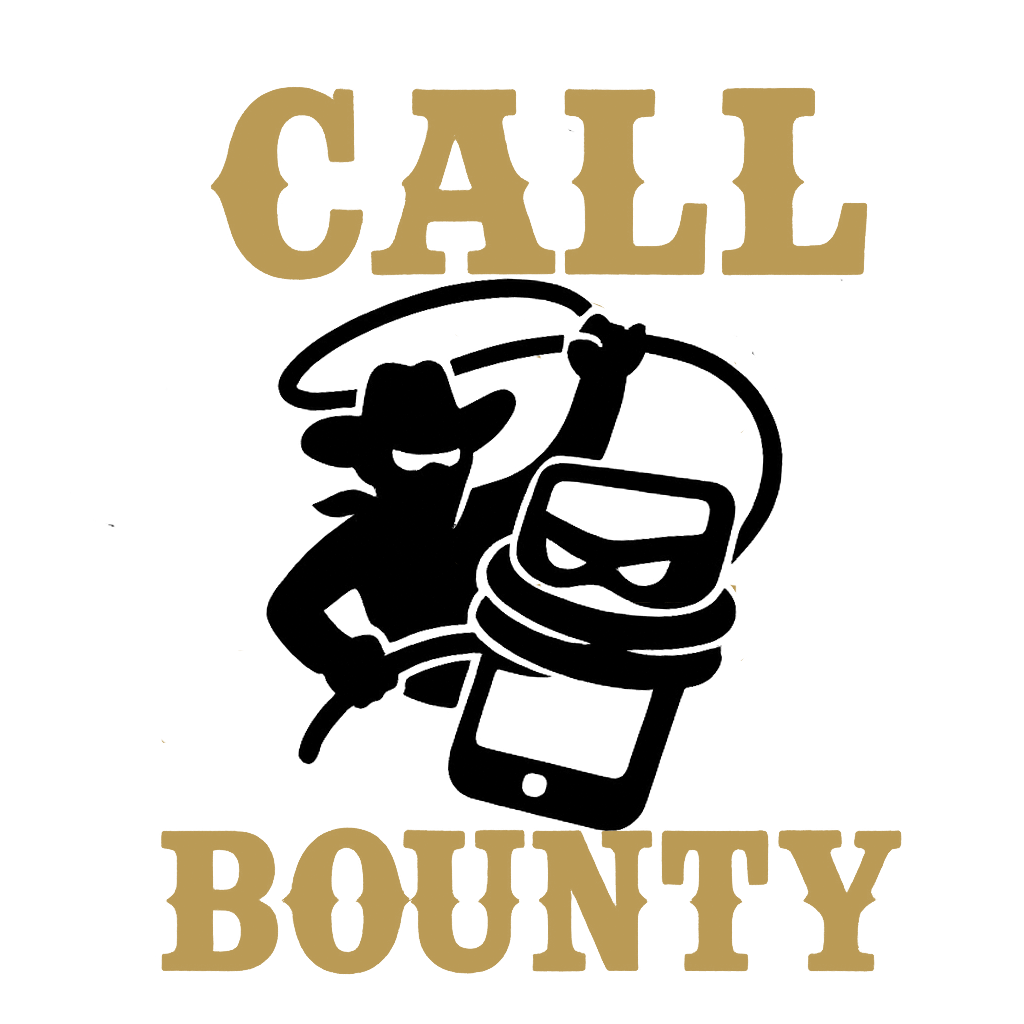Intent & Core Message: Teach DIY’ers and job-seekers one focused, legal pathway to earn with their phone—documenting illegal spam calls and asserting rights under the TCPA—powered by the Free Call Bounty Ebook and App. And once and for all answer the question “How to make money on my phone“.
You’re not lazy—you’re under pressure. When bills stack up and your phone lights up with “Unknown,” “Spam Likely,” or relentless sales pitches, it’s more than annoying—it’s draining time, energy, and hope. The good news: many of those calls are illegal under the Telephone Consumer Protection Act (TCPA). You don’t need to argue with anyone, sell anything, or chase gimmicks. You need a process. This guide shows how to turn an everyday nuisance into a structured, repeatable workflow that can lead to real payouts, using nothing but your phone and the Free Call Bounty Ebook and App.
This article walks you through how to recognize likely violations, capture clean evidence, and send professional, trackable demand letters. No legal background required. No side detours to other “phone hustles.” Just one path, done right. Works fo men or women.

What “How to make money on my phone” means here (and what it doesn’t)
This guide is laser-focused on documenting illegal spam calls and enforcing your rights. That’s it.
- No surveys, affiliate schemes, or mystery gigs.
- Your phone becomes an evidence device—for logging, recording (where legal), screenshotting, and organizing.
- The Free Call Bounty Ebook and App provides the scripts, logs, checklists, and templates so you don’t guess.
How the TCPA helps you (plain-English overview)
The TCPA restricts telemarketing and automated calling behavior. When companies ignore consent rules, blast autodialed calls, or use prerecorded voices to your cell without permission—and keep calling after you opt out—they may violate the law. Your job is to spot the patterns, save proof, and send proper notice. If they make it right, great. If not, you’ll already have the organized record you need to escalate.
The 6-step workflow (the only system you need)
1) Identify the likely violation
Look for these red flags:
- Autodialed or prerecorded voice messages.
- Calls or texts to your cell without prior express consent.
- Refusing to honor your do-not-call request.
- Repeat calls from the same entity after you opted out.
2) Capture evidence immediately
- Take screenshots of your call log and any voicemails/texts.
- Save voicemail audio and (if legal in your state) record live calls.
- Note time, date, caller ID, company name (if disclosed), and a 1–2 sentence summary.
3) Organize everything in one place
Use the app’s case log. File assets under the company name and date. Clean filing builds credibility.
4) Generate a compliant demand letter
The app’s demand letter template prompts you for dates, times, violation details, and your requested resolution. Keep tone professional and factual.
5) Send via certified mail (and optionally email with tracking)
Certified mail gives you a tracking number and delivery confirmation. Email with read receipts complements, but doesn’t replace, certified mail.
6) Track responses and follow through
- Log every reply or settlement discussion.
- If deadlines pass with no action, you already have a complete paper trail to consider escalation options.
The Free Call Bounty Ebook and App (122 pages + in-app workflows) is your step-by-step playbook for each stage—no guesswork, no scattered files.
Building a clean, credible evidence trail
Think like a meticulous investigator:
- Every contact = one entry in your log.
- Keep file names consistent:
CompanyName_YYYY-MM-DD_CallLog.png,CompanyName_YYYY-MM-DD_Voicemail.mp3. - Export call logs weekly and store them in your case folder.
- Save email threads as PDFs, plus delivery/read confirmations.
- After you send your letter, add certified tracking screenshots and delivery confirmations to the file.
Pro tip: Use a short, repeatable checklist every time. Consistency signals professionalism.
Handling “Unknown Caller ID” without losing your cool
Unknown or “Private” IDs aren’t a dead end:
- Let unknown numbers go to voicemail—that’s a potential recording and transcript.
- Screenshot the missed call and voicemail transcript.
- Note any brand, product, or callback number mentioned in the message.
- If you later identify the company, update the case record in the app.
When in doubt, preserve everything first; research identity second.
“Revenge” vs. results: choose the lawful route
Yelling at a caller might feel good for five seconds. It won’t help your case. Results come from:
- Documenting facts, not feelings.
- Using certified demand letters with evidence attached.
- Staying professional in every message and negotiation.
Your calm, complete file is more persuasive than any argument.
Why certified mail matters (and when email helps)
Certified mail is your proof of delivery. It defeats “we didn’t get it” and shows you’re prepared to escalate properly.
- Address your letter to the company’s legal entity and correct address.
- Include a clear remedy request and a reasonable deadline.
- Keep scans of your letter, envelope, and certified receipt.
- Track the number and add the delivery confirmation to your case.
Email with read receipts can support your timeline—save the open logs and full thread PDFs.
Demand letter anatomy (keep it crisp)
A strong letter includes:
- Your contact information.
- Company legal name and address.
- Violation summary (dates, times, nature of calls/texts, lack of consent, ignored opt-out).
- Evidence list (logs, screenshots, recordings where legal, transcripts).
- Requested resolution and deadline.
- A reservation of rights statement.
Tone: factual, neutral, professional.
Common mistakes to avoid
- Inconsistent records: scattered screenshots and filenames.
- Emotional language in letters—stick to facts.
- Skipping certified mail: weakens your proof of notice.
- Missing deadlines: set reminders; follow up on time.
The app’s templates and checklists keep you on track.
How the Free Call Bounty Ebook and App fits in (only when it helps)
This is the only toolset referenced because it streamlines the exact process you need:
- Call logs and evidence checklists so nothing gets missed.
- Demand letter templates with the right sections pre-built.
- Certified mail instructions and tracking reminders.
- Email language and archiving steps for read receipts and reply logs.
If you’re overwhelmed, the Ebook’s 122 pages act like a coach. The app turns that guidance into simple, repeatable actions.
Your next steps (move from idea to action today)
Start with one recent call and build your first case:
- Open your phone’s recent calls and pick a likely violation.
- Create a new case in the app; upload screenshots and any voicemail.
- Draft your demand letter with the template; verify the company’s legal address.
- Send via certified mail; log the tracking number.
- Save every response and set a follow-up reminder.
Momentum grows when you complete one full cycle.
Conclusion
You don’t need a new job to start taking control—you need a repeatable system. A system that will sustain an and feed the family. Illegal spam calls can be turned into leverage when you document carefully, send professional notice, and track every step. Keep your tone calm, your files clean, and your timeline tight. If you want a clear blueprint, the Free Call Bounty Ebook and App gives you the exact checklists, templates, and certified-mail steps to move from frustration to follow-through—one call at a time.

